An Italian family recently revealed a closely guarded secret: For decades, they protected a $109 million masterpiece by Sandro Botticelli, “Madonna and Child.”
Initially taken from a chapel in the 1960s to prevent theft, this act of preservation has now come to light as the family turned over the painting to Italian authorities.
The Artwork’s Covert Removal
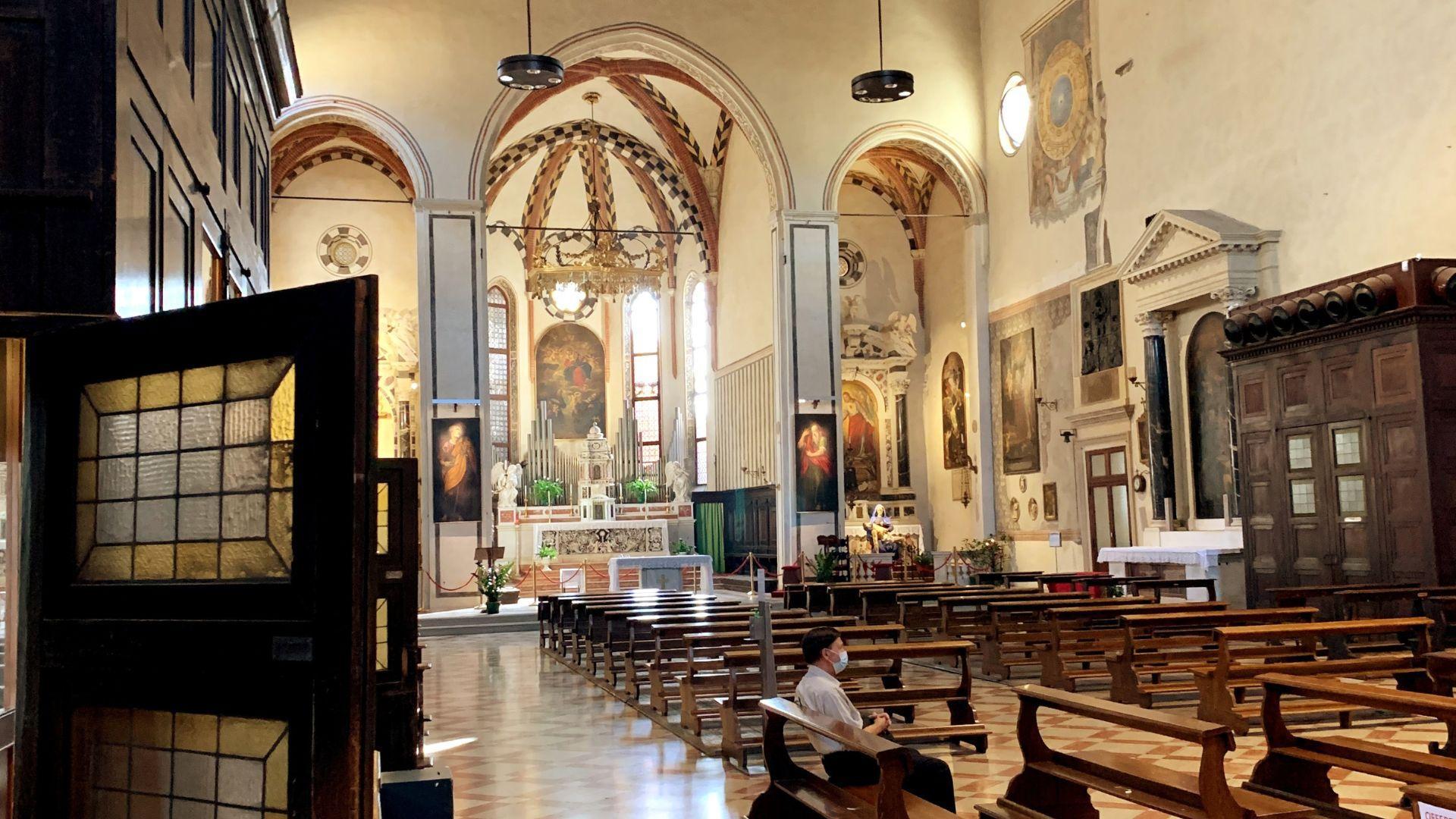
In the 1960s, a member of the Somma family, Enrico Somma, removed the Botticelli painting from a local chapel.
Motivated by a fear of art theft, which was prevalent in Italian churches at the time, Enrico took drastic measures to safeguard this Renaissance treasure. His actions reflected a deep concern for the artwork’s safety in an era where cultural heritage was often at risk.
Historical Significance and Noble Past
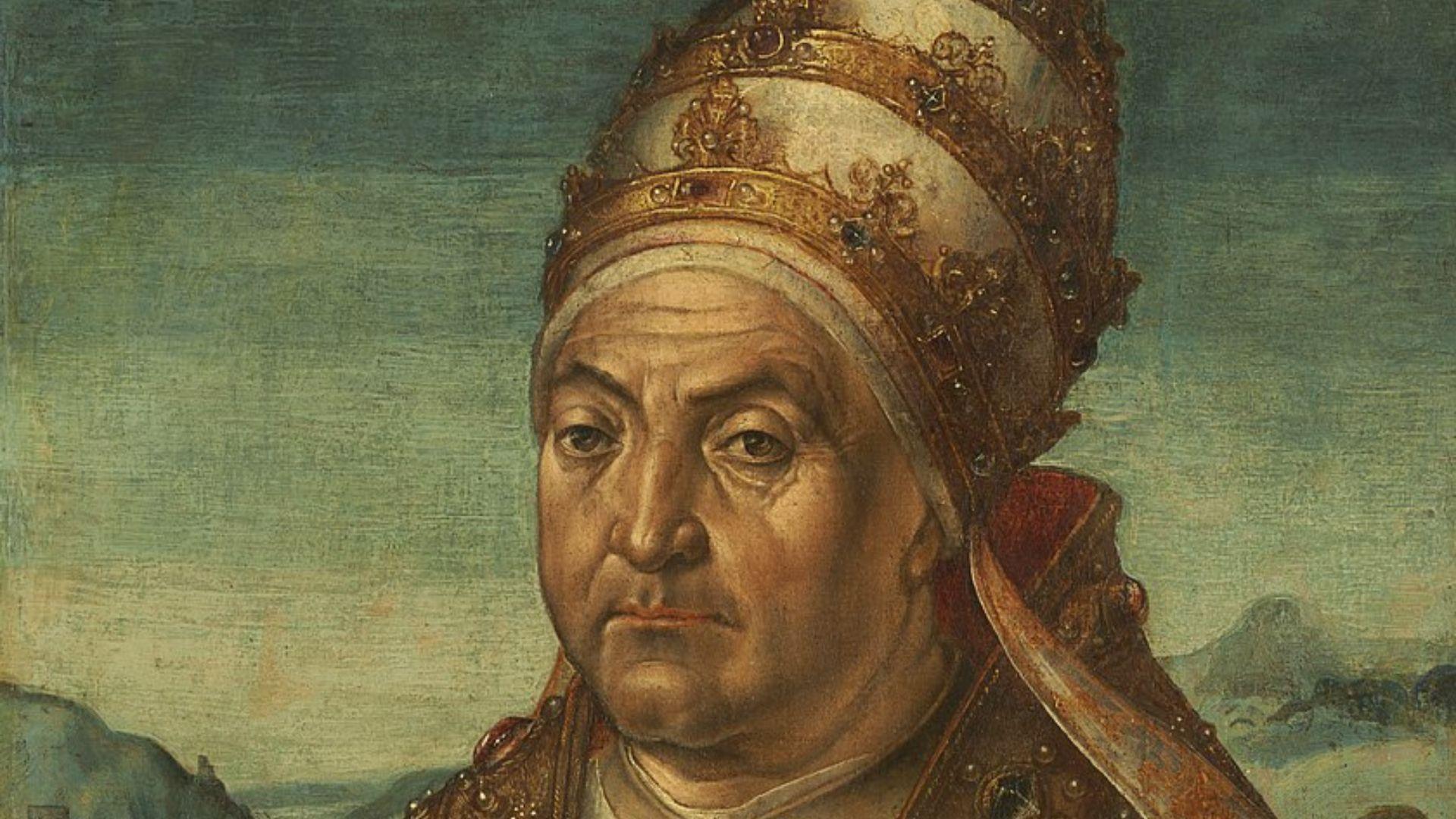
This Botticelli painting, with its storied past, was once owned by Pope Sixtus IV before being sold to the Medici family.
This transaction was part of the funding for the Sistine Chapel, highlighting the artwork’s significant historical and cultural value. Its journey from the Vatican to the Santa Maria la Carità church marks its importance in the annals of art history.
The Somma Family’s Role as Protectors
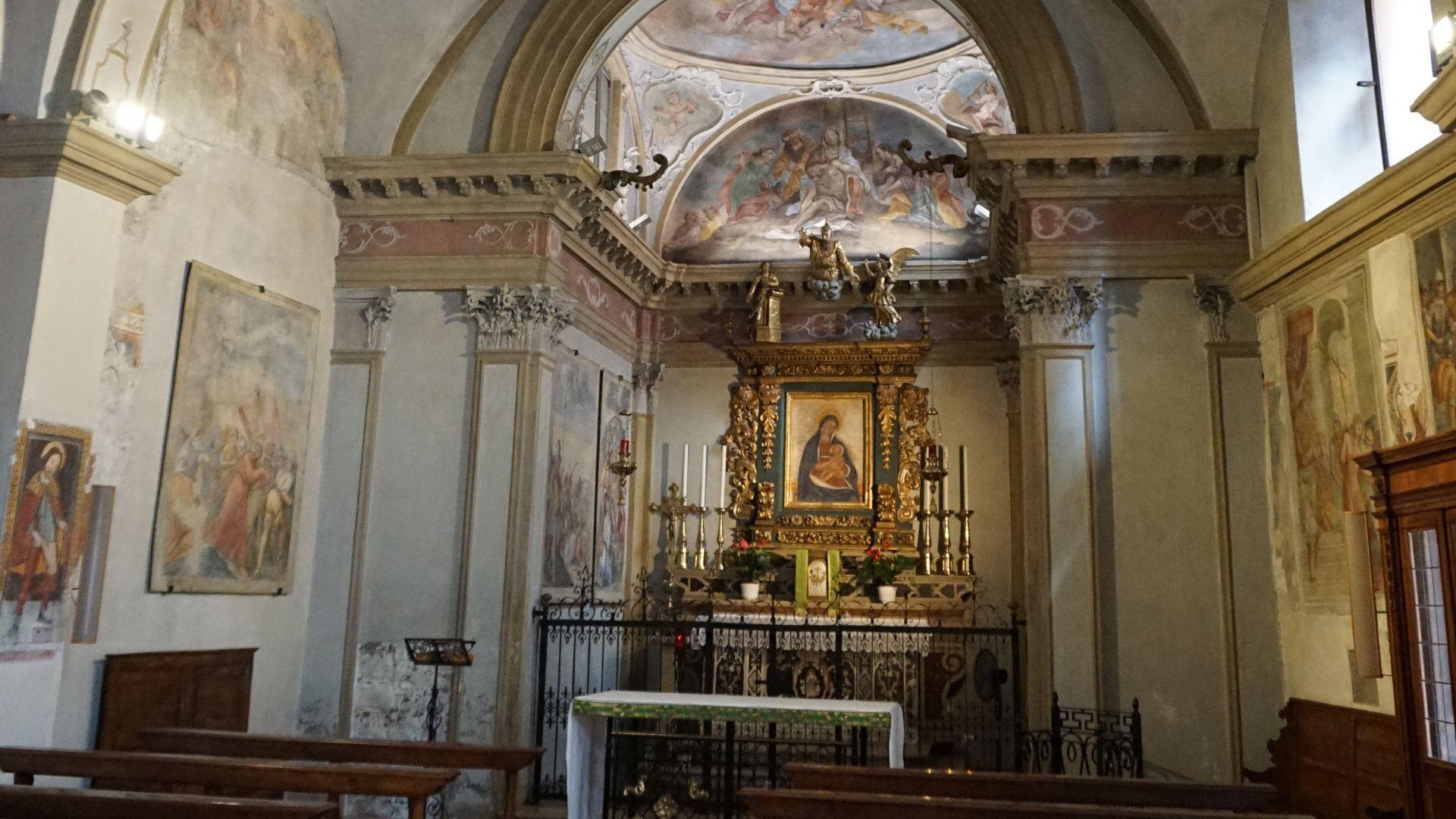
The Somma family, who had the painting in their possession for generations, viewed themselves as custodians rather than owners.
They assert their intentions were never to profit from the painting but to preserve and protect it from potential theft.
The Painting’s Final Hiding Place

The last known hiding place of the Botticelli masterpiece, according to local rumors, was in the basement of a bakery owned by Michele Somma in a village outside Naples.
This juxtaposition of a Renaissance artwork in such a commonplace setting illustrates the lengths the family went to in order to protect the painting.
Artistic Recognition Amid Legal Ambiguities
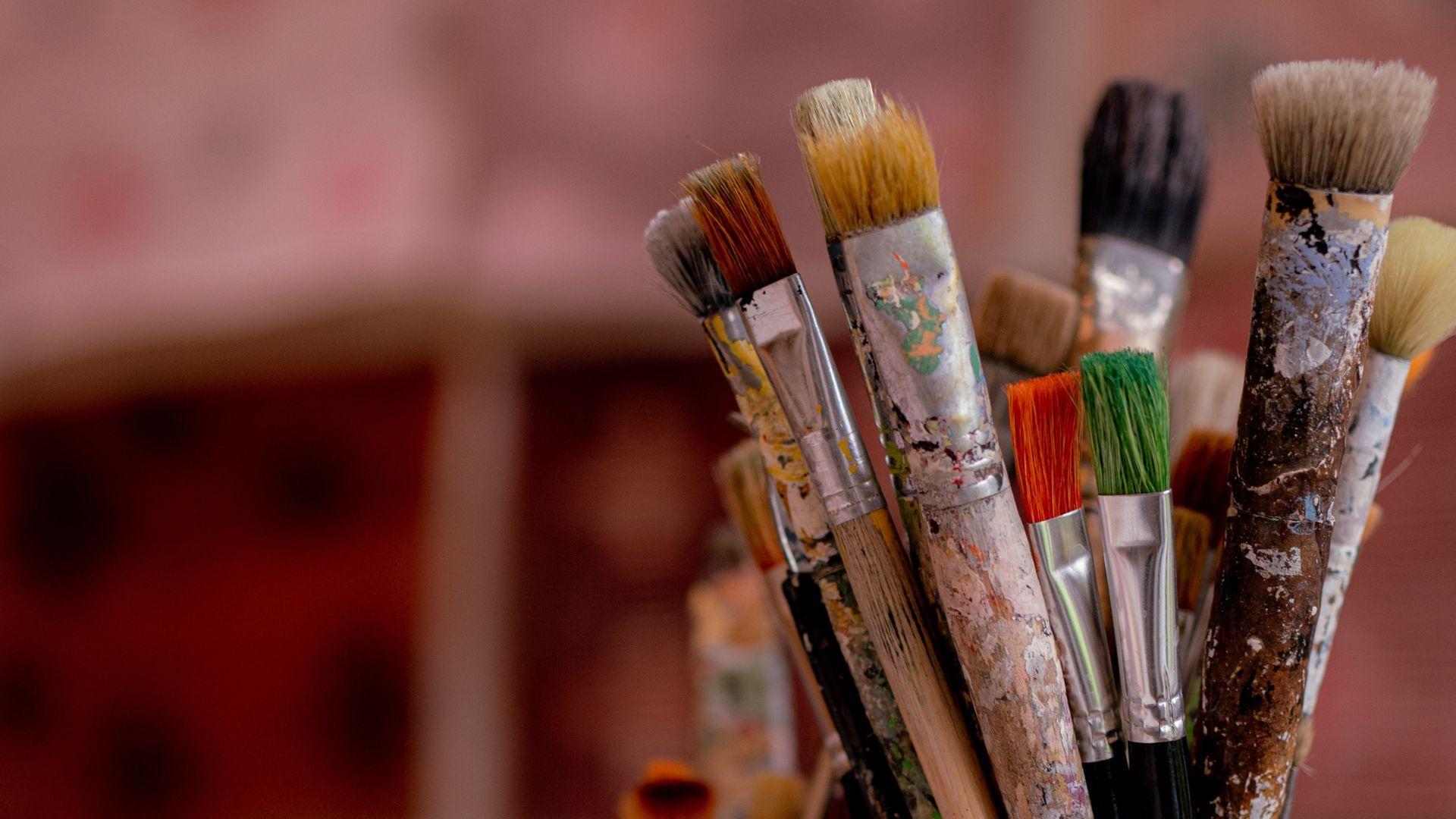
Although the circumstances surrounding the painting’s removal from the chapel remain legally unclear, its historical and artistic value is undisputed.
The artwork was recognized as a protected piece by scholars and art authorities, which acknowledges its importance in the art world despite the complexities surrounding its custody.
The Artwork’s Possible Inspiration
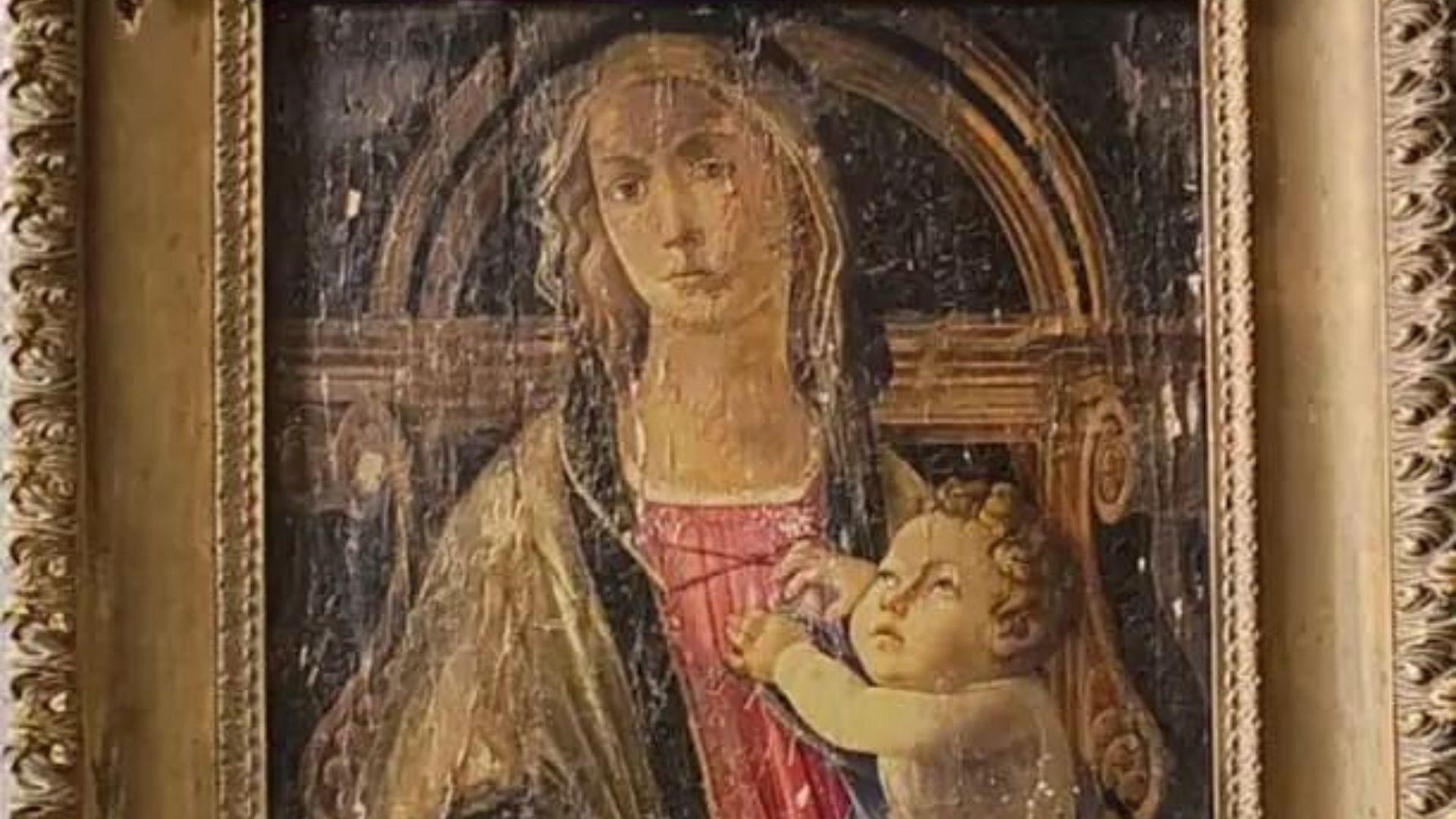
The “Madonna and Child,” painted in tempera on wood, is believed by art historians to feature Simonetta Vespucci as the model.
Vespucci is known for being Botticelli’s inspiration for many of his female figures.
Vigilant Protection by the Somma Family

Enrico Somma took extreme measures to protect the painting, including keeping a firearm for its security.
Despite several offers to purchase the artwork, the family consistently refused, opting to maintain its secrecy.
Modern Challenges Lead to Surrender

The increasing popularity of social media and growing public interest in the painting pressured the family into making a difficult decision.
Concerned about the safety and secrecy of the artwork in a rapidly changing world, the Sommas ultimately decided to turn over the painting to the carabinieri’s cultural-heritage-protection unit, marking the end of their custodianship.
Danger and Crime Influence the Family’s Decision
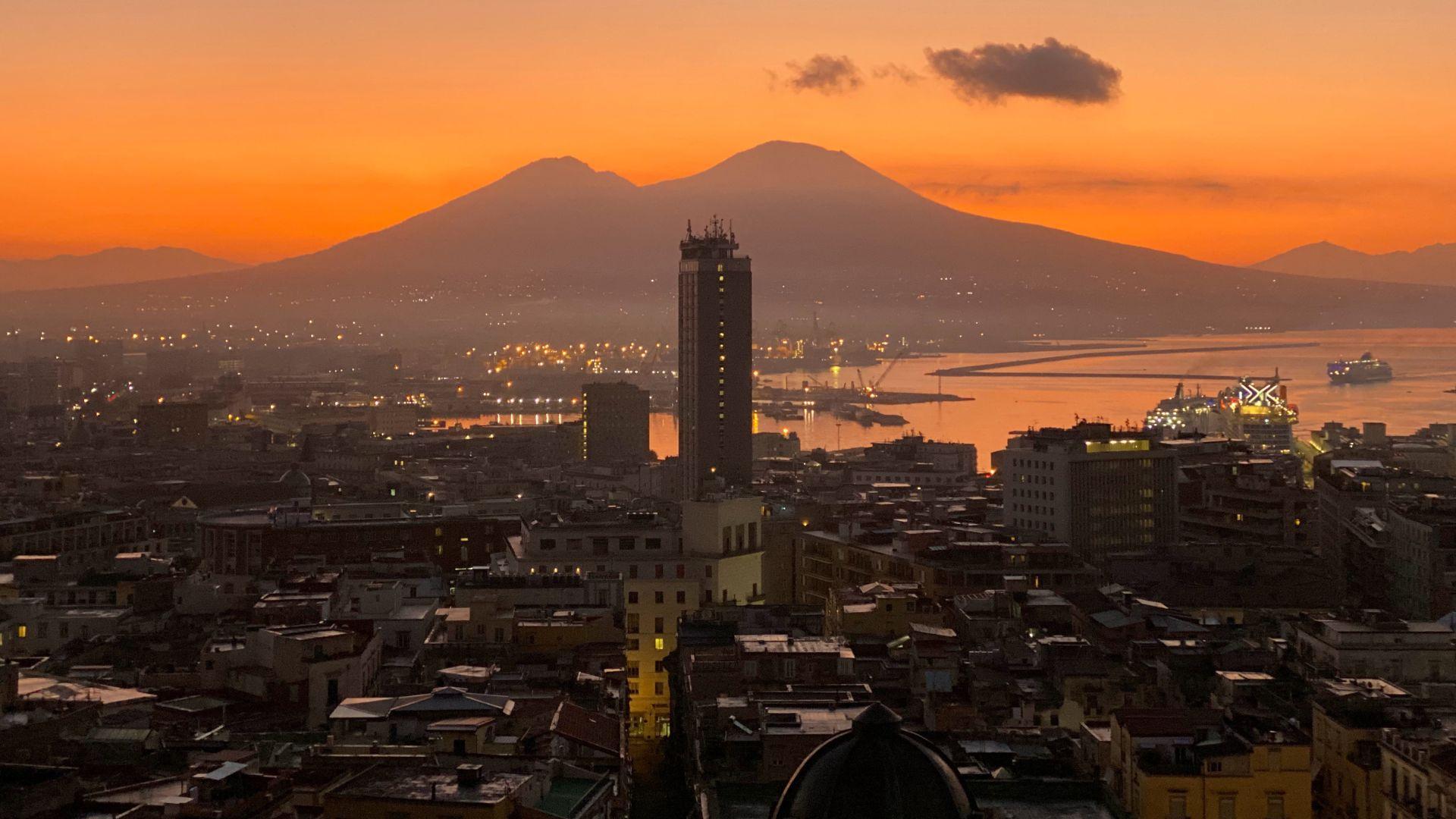
The Somma family resided in a region near Naples known for the presence of the Camorra crime syndicate.
This added an element of danger to their guardianship of the Botticelli painting, influencing their decision to finally surrender it to the authorities. Nello D’Auria, the mayor of Gragnano, acted as an intermediary between the Somma family and the Carabinieri during the handover process.
The Artwork’s Impact on the Somma Family

For the Somma family, the Botticelli painting was more than just a piece of art; it was an integral part of their family history and heritage.
The younger generations were kept unaware of the painting’s existence, signifying the family’s efforts to keep this responsibility confined and protected within their lineage.
The Future of the Madonna and Child
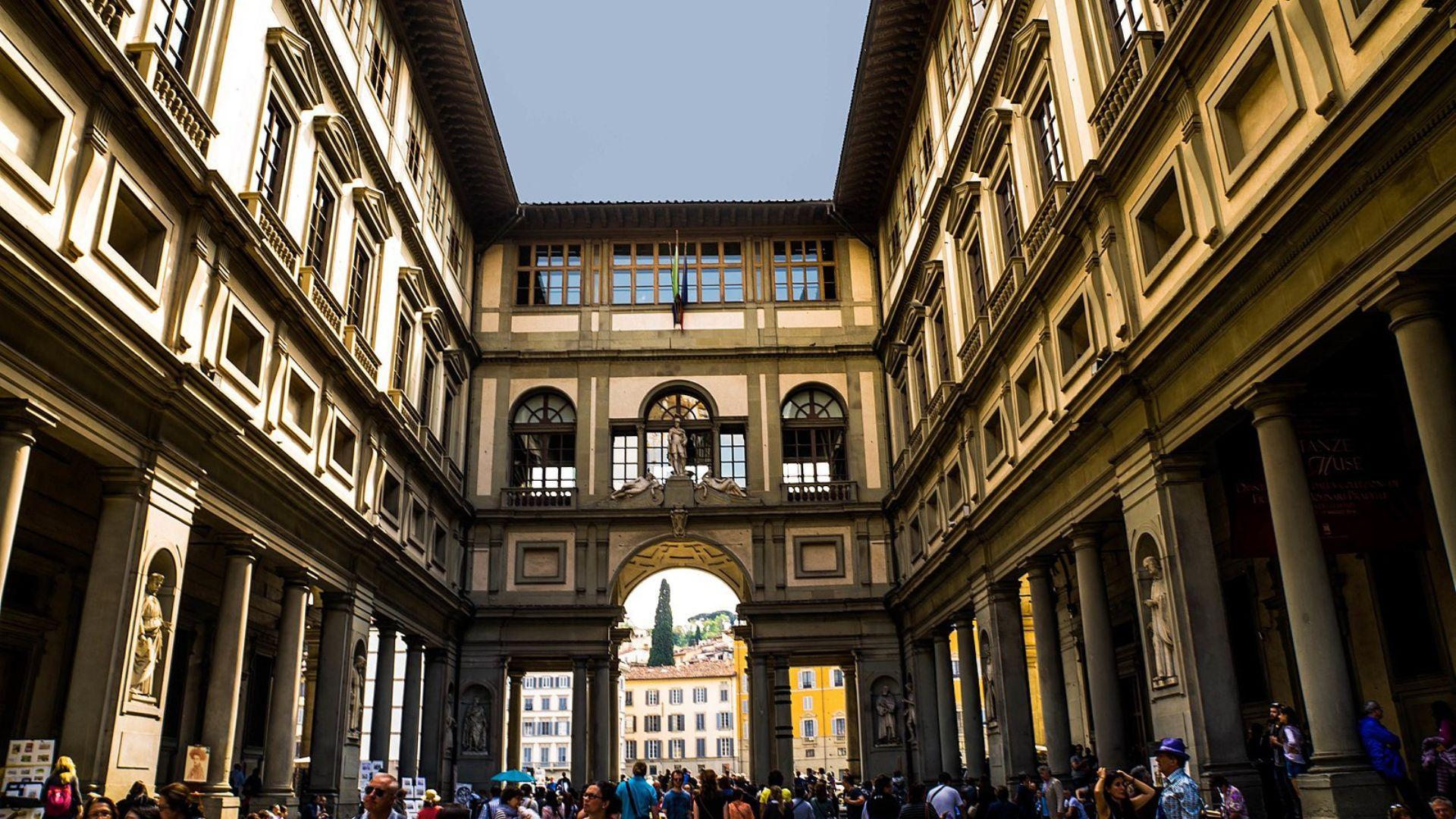
Currently, the artwork, which is said to be in a deteriorating state, resides at the Uffizi Gallery in Florence.
Here, it will undergo a thorough process of authentication and restoration, an endeavor anticipated to span approximately one year.
